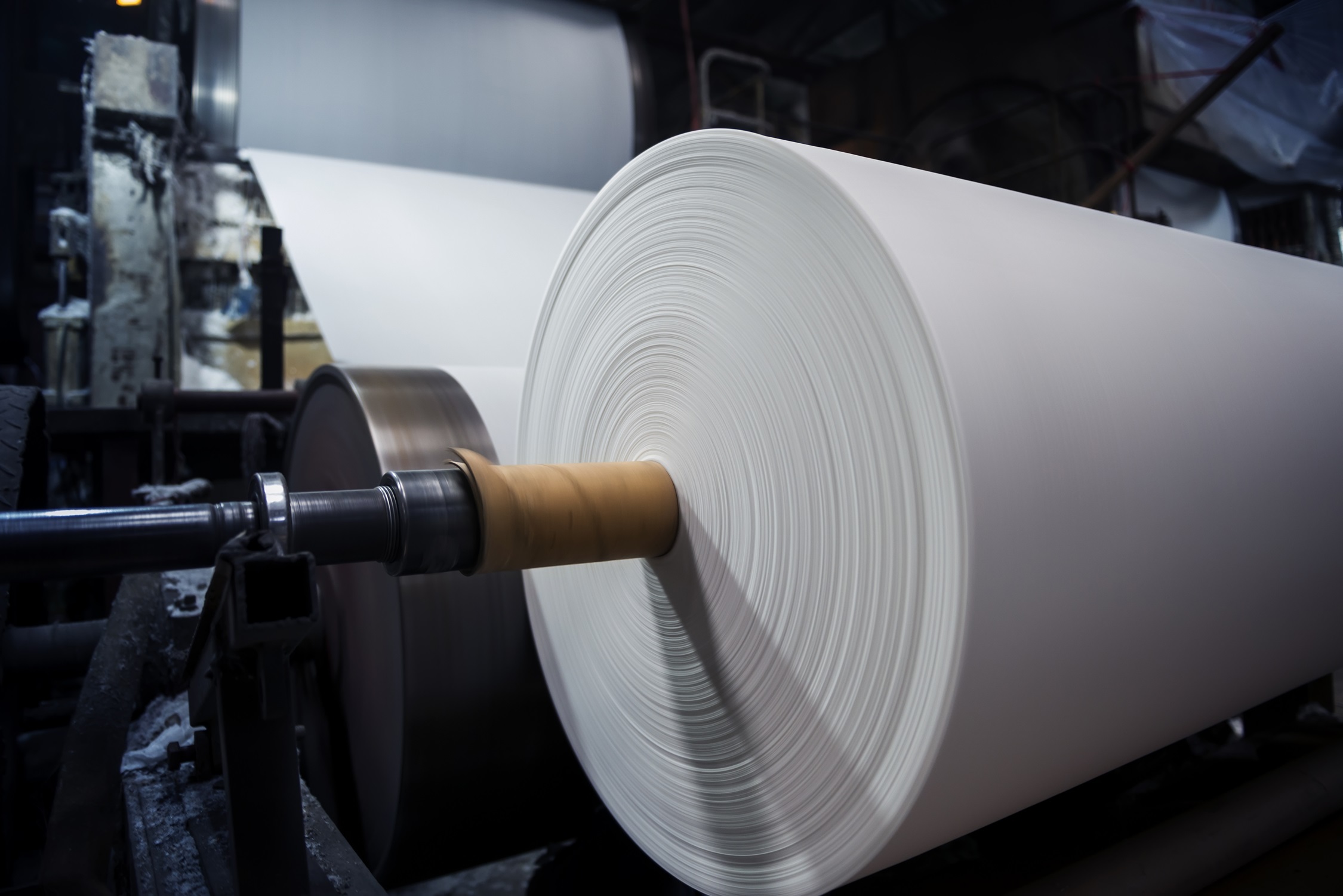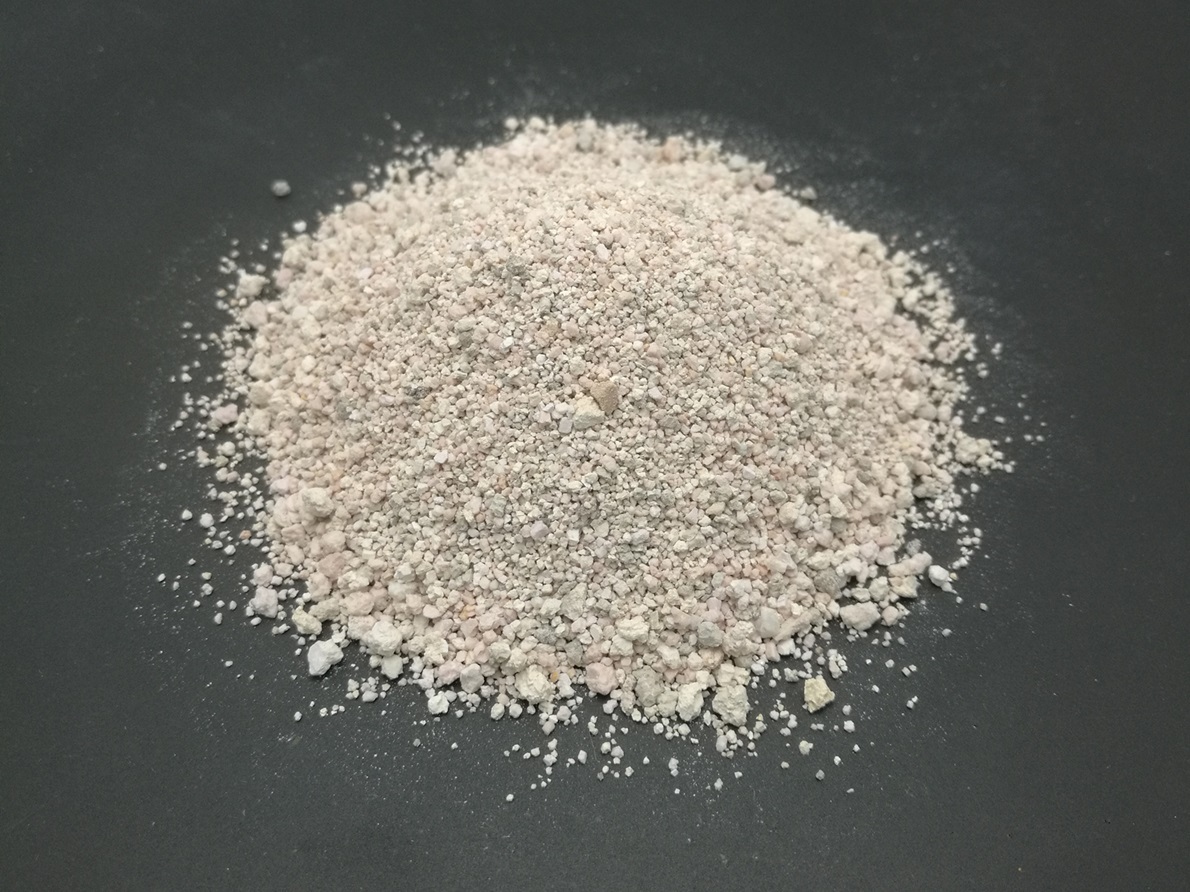Pulp & Paper
Pulp & Paper
The pulp & paper industry is responsible for transforming wood into cellulose and eventually paper through several stages. The cellulose is extracted from wood chips, through means of mechanical and/or chemical stage that remove darkening substances, such as lignin and other metallic chromophores in order to form bleached cellulose pulp. During the bleaching steps, the main additives usually include hydrogen peroxide, caustic soda (sodium hydroxide), sodium silicate and magnesium sulfate. But in recent more than decade, Magnesium Hydroxide, due to its divalent base alkali and moderate alkali properties, is increasingly used to replace caustic soda either partially or totally.
Research and practice show that the use of Magnesium Hydroxide produces the following effects.
1) Reduce the bleaching costs
The alkalinity demand for caustic soda is higher than for Mg(OH)2. As the brightness is increased, the caustic soda/sodium silicate must be increased along with peroxide. Magnesium Hydroxide, however, remains constant with increasing peroxide dosages and is only raised a little to reach peak brightness capability, which helps reduce caustic soda and sodium silicate usage. Meanwhile, the proportion of residual peroxide will increase significantly when the bleaching alkali is changed from fully sodium-based to fully magnesium-based. It is possible to reuse this residual peroxide.
2) Increase environmental benefit
BOD/COD is generated typically from the deferrization and bleaching processes in mechanical pulping. In the case of peroxide bleaching with caustic soda, as the brightness target increases, the caustic soda application is increased resulting in higher BOD/COD loads. When using Mg(OH)2 as the alkali source, the lower alkalinity needed to achieve the bleach response with Mg(OH)2 helps reduce BOD/COD loading.
On the other hand, Mg2+-ions reduce anionic trash such as anionic hemicelluloses, pectic acids, oxidized lignin and resin fatty acids by neutralizing their anionic charge and causing their deposition. As a result, at a given pulp brightness gain and level, Magnesium Hydroxide leads to significantly lower TOC and BOD/COD values.
3) Reduce oxalate scaling
Peroxide bleaching is the major source of oxalate generation. The Mg(OH)2 bleached pulp generates the same amount of oxalate as the caustic soda bleached pulp. The difference is that the Mg(OH)2 bleached pulp forms oxalate in a soluble state, as opposed to the caustic soda bleached pulp where a large portion of the oxalate generated is in the precipitate form. Thus the Mg(OH)2 bleached pulp significantly reduces or eliminates oxalate related scaling issues.
4) Maintain pulp and paper properties
The magnesium hydroxide-charged bleaching resulted in a substantial reduction in cationic demand of the pulp suspensions. Increased water retention of bleached pulp predicts a good strength potential of the pulp.
The cleanliness of the magnesium hydroxide-based bleaching was reflected in the low electrical conductivity of the pulp filtrate. This, together with a low number of extractives, dissolved and colloidal substances, indicates good runnability in papermaking.
IMC can provide suitable specifications of high-grade Magnesium Hydroxide and Magnesium Oxide products to meet the needs of customers using different processes.
Recommended Products
The most common method used for MgO production is the calcination of magnesite. The temperature of calcination influences the crystal size and reactivity of the MgO product. CCM has the highest reactivity and greatest specific surface area compared with DBM and FM.





